Edra Soto
Chicago, IL | Artist| @screenhousechicago , @edrasoto @thefranklinoutdoor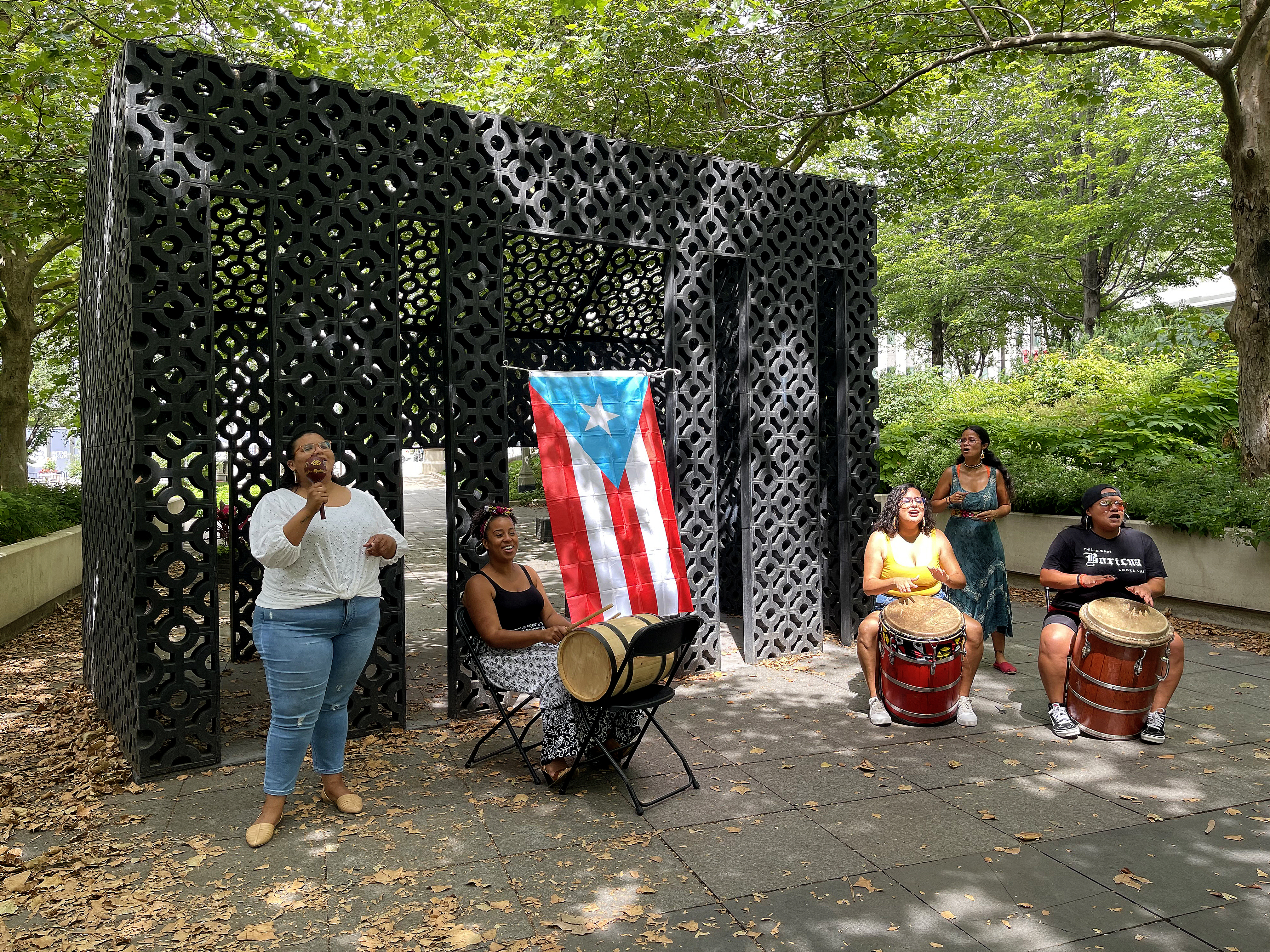
Project Title: Screenhouse
Identies/Ideas in Artists Work: Black and indigenous spaces, Women representation, Performance/audio /smell/touch, Politics/Activism
Location: Millennium Park's Boeing Gallery North, Chicago
Expanding on my ongoing architectural intervention series titled GRAFT, I created Screenhouse, a freestanding social structure modeled after criolla architecture. Citing structures known as quebrasoles found predominantly in Puerto Rico, GRAFT is imagined as a transplant or migratory gesture. This architecture, which marks domestic space, allows for the representation of multiple states of visibility and invisibility.
Professor Jorge Ortiz Colom’s monograph, The African Influence in the Design-Build Edification of Puerto Rico, states that criollo architecture originated from sub-Saharan Africa through the population brought to Puerto Rico as slaves to work plantations during the rise of colonization. He argues that this influence is largely overlooked by historians due to the impression that, “Africans could not transplant their ancestral ways of life under the inhumane conditions of their transfer, and the lack of freedom in their new home.” It was previously thought that this decorative architecture was an amalgamation of European features that had undergone topicalization through the Western lens. Due to the growing commercial sugar trade between the U.S. and Puerto Rico in the late 19th century the “style” of criolla architecture was appropriated, sometimes even purchased outright as entire homes and relocated to the U.S.
Read more about GRAFT and Screenhouse.
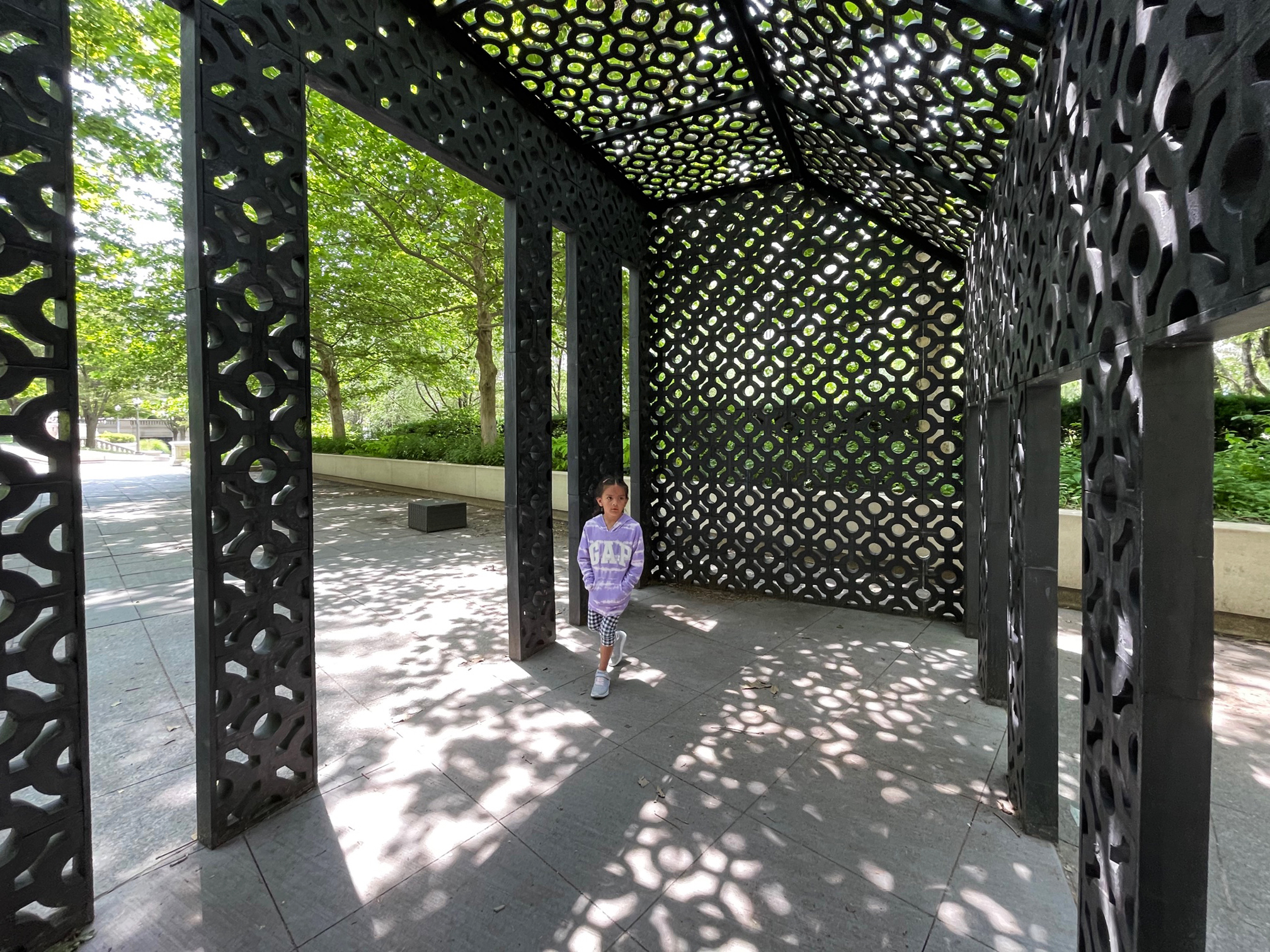
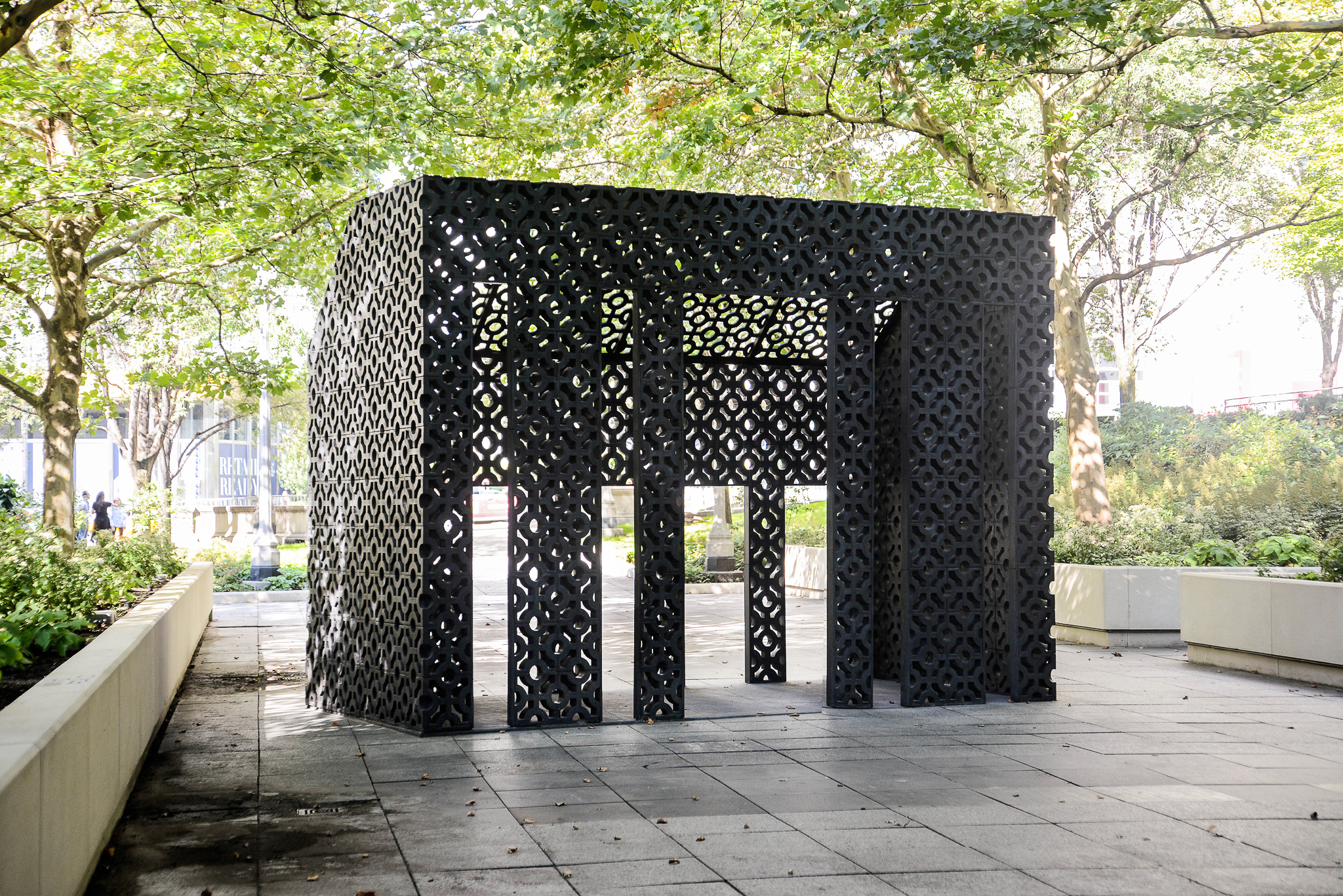
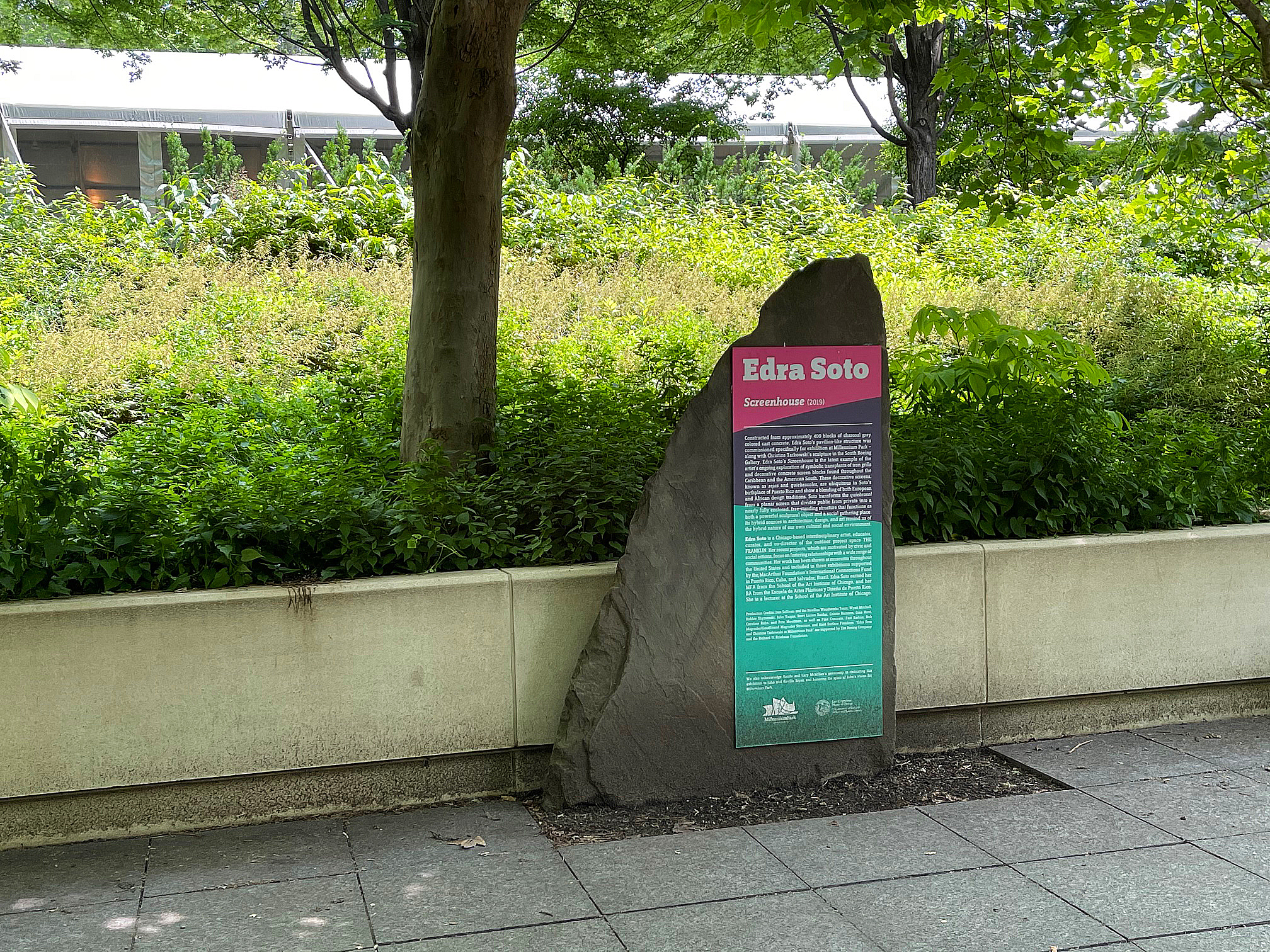
How do you reclaim the collective sensory experiences that will tell the story of your community?
Screenhouse decorative patterns manifested in artistic form is not uncommon among Caribbean artists. While quebrasoles and rejas are popularly recognized in Puerto Ricans ’ visual culture, there is little exploration or research on the origin of these patterns. Contrary to the inundated familiarity of colonial architecture, vernacular architecture has yet to be included as an exploratory subject in primary and secondary education in the Caribbean. A significant aspect of this project uncovers and honors the history that has been accepted rather than explained.
Who is your audience? How do you imagine your work will inspire change?
My audience is anyone with an open heart and open mind to relearn the context and willingness to reposition themselves after reflecting on new information. The audience I speak to particularly is the Black/African, Indigenous Diaspora. My wish is for folks to feel inspired after seeing themselves and their (our) people represented larger than life on the everyday walls they pass as they walk to the store, go visit relatives, etc. Representation matters, because as it is now, many of our young black and brown youth are forced to look up to White Male Military-Esq Heroes - many who have forced genocide and displacement of our people. This strikes a chord of pain, it belittles our contributions (strengths, achievements, etc) to our modern-day society and stands as a strong reminder that we will always be considered inferior in the White Supremacist Patriarchal Systems of Oppression that exists locally and globally. I hope my work inspires our people of the diaspora to love themselves, their culture(s), and to fervently work on their skills and pursue their dreams. We need to organize and course correct in each generation and carry out our important destinies. I hope to see more equality and equity in the workplace/economy, in the schools, in places of recreation, and more. I imagine my work to also promote the importance and healing energy of the artist - necessary to mend the damage of the past and as first responders in creating a more beautiful nearby future.
Is there a call to action you want the reader to do or take?
I like to invite the readers to explore the literary contributions of this project. Please go to https://edrasoto.com/pdfs.html for more information regarding GRAFT’s literary contributions.
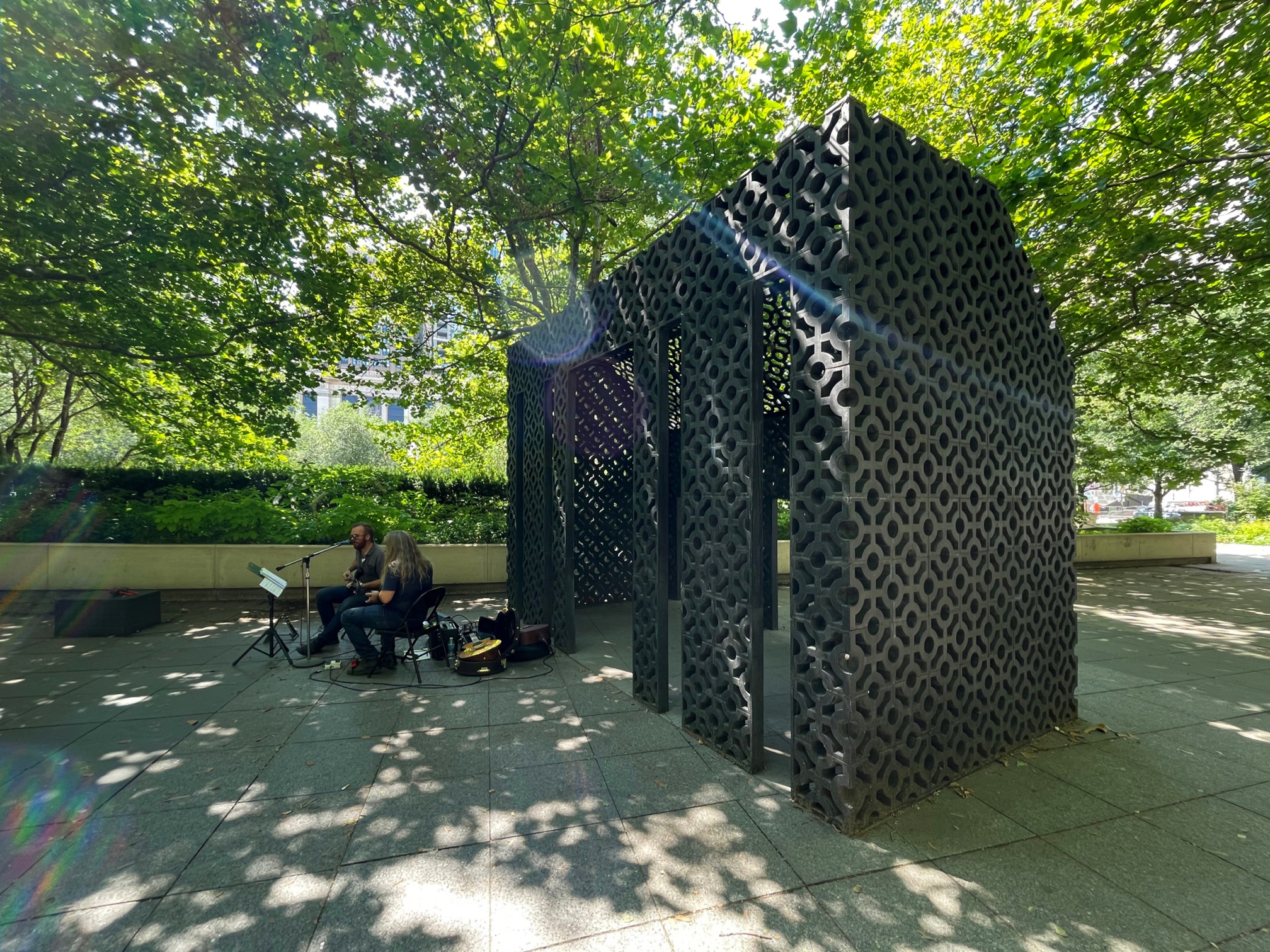
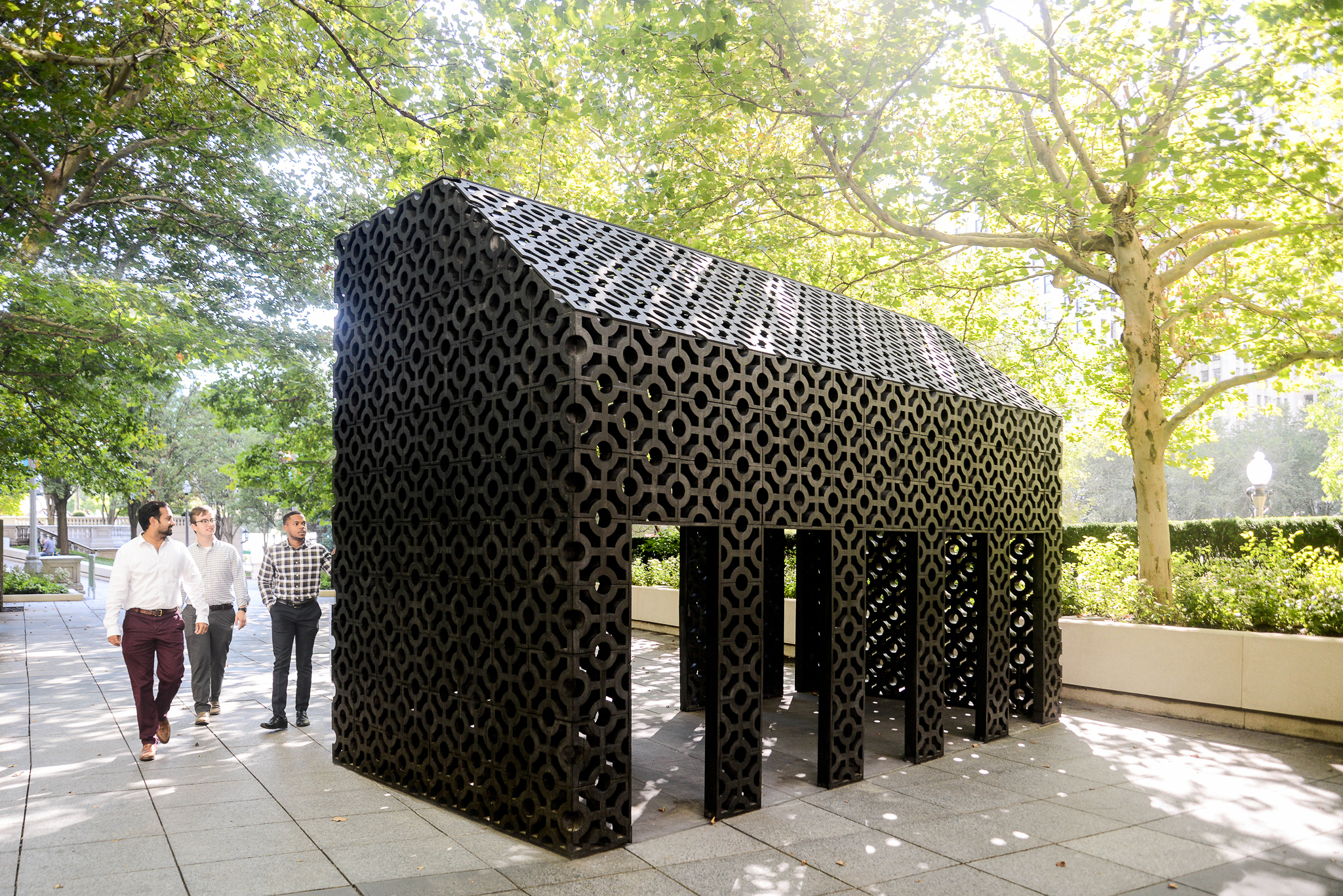
Puerto Rican-born, Edra Soto is an interdisciplinary artist and co-director of The Franklin. Her recent projects, which are motivated by civic and social actions, prompt viewers to reconsider cross-cultural dynamics, the legacy of colonialism, and personal responsibility. Soto has been awarded the Illinois Arts Council Fellowship, the inaugural Foundwork Artist Prize and the Joan Mitchell Foundation Grant, among others. Soto has exhibited extensively at venues including El Museo del Barrio, NY; The Momentary, AK; Albright-Knox Northland, NY and the Museum of Contemporary Art of Chicago, IL, among others. She has attended residency programs at Skowhegan School of Painting and Sculpture, the Robert Rauschenberg Foundation Residency, Headlands Center for the Arts, Art Omi, and Project Row Houses among others. Soto holds an MFA from the School of the Art Institute of Chicago and a bachelor’s degree from Escuela de Artes Plásticas y Diseño de Puerto Rico.